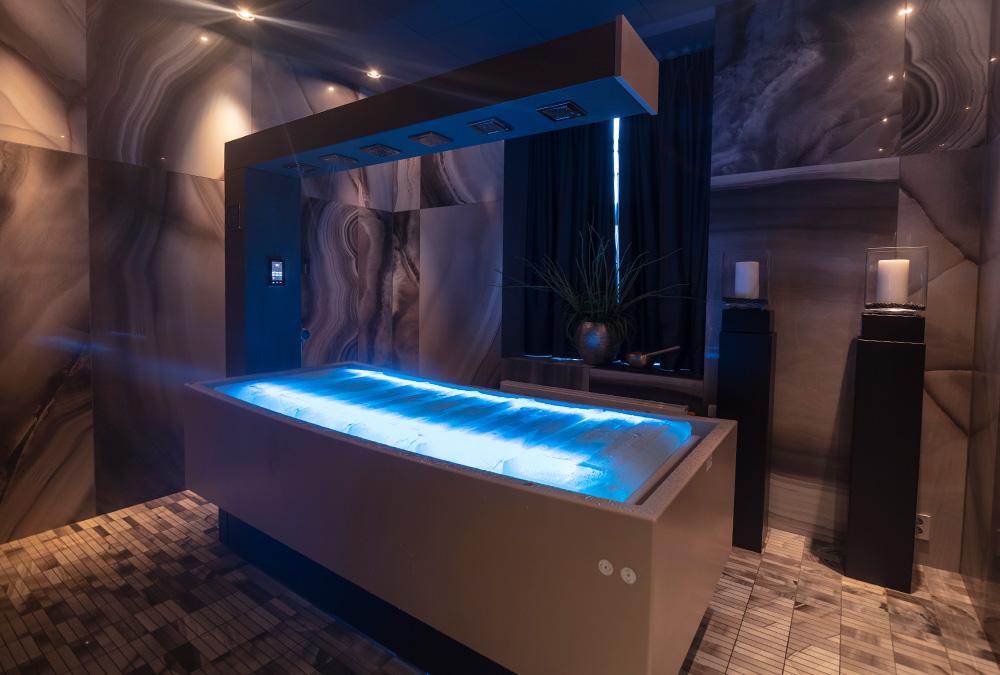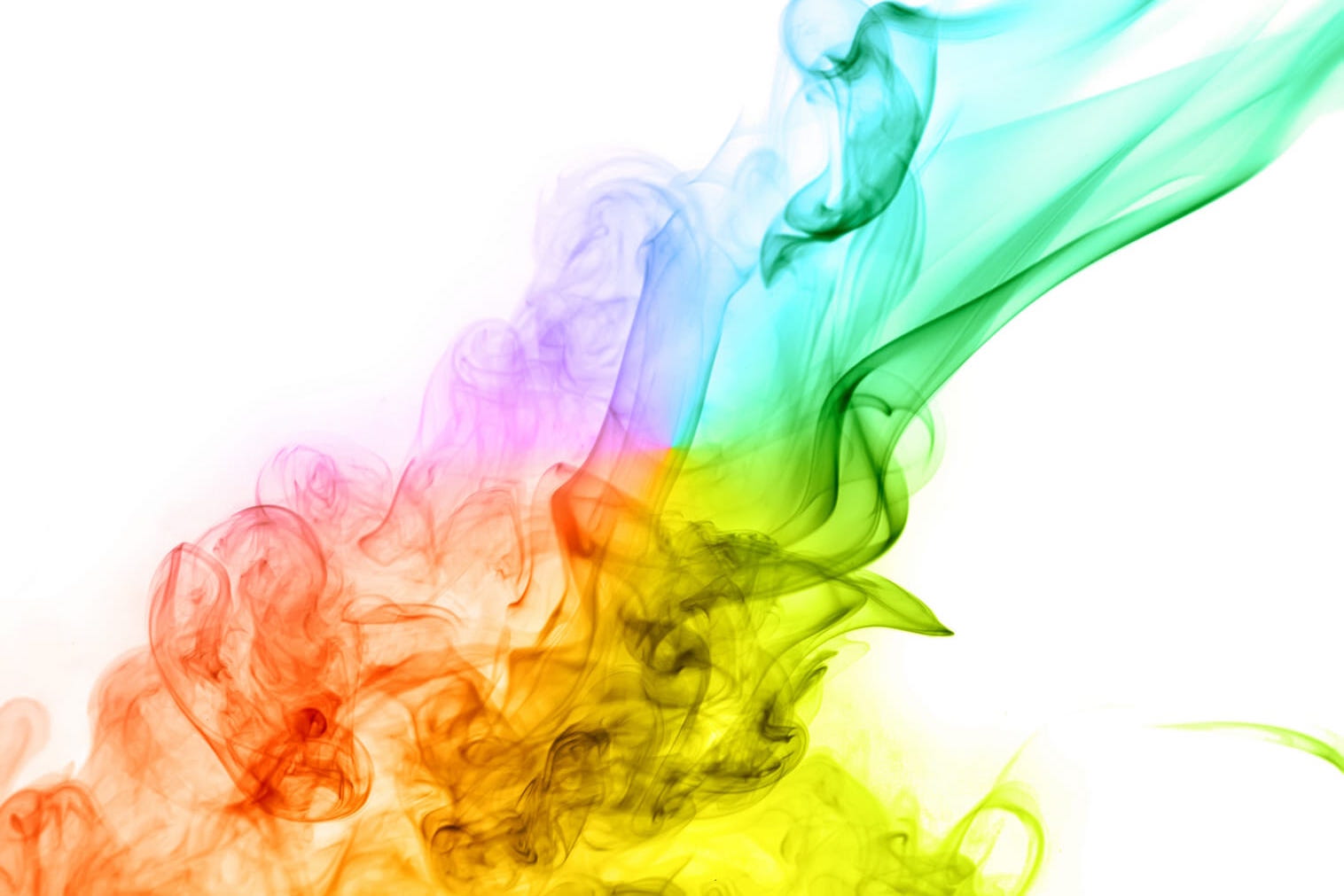31 July 2020
Through the wellness industry, the use of light is abundant. From glowing red lights in the infrared sauna that add to the warming atmosphere to the dancing colourful LEDs that often accompany experience showers, we use light to create atmosphere and evoke the senses.
Life itself depends on light. Without the Sun’s energy, our planet would be a hard rock floating in the vacuum of space. Across the world, humans and animals endeavour to bathe in the sun and soak in the rays – and there’s a good reason. The Sun is our best energy source. When our skin is exposed to sunlight, it makes vitamin D from cholesterol, among other things. For those who find it hard to find vitamin D in their everyday food source, such as vegans, sun exposure is crucial to prevent a vitamin D deficiency.
All-Encompassing Light Therapy
In the wellness industry, Light Therapy is the term used to describe all light-based therapies, from phototherapy to ultraviolet-light therapy, infrared therapy and chromotherapy. A concept as old as time, the use of colour to ‘cure’ ailments have been found in Papyrus scrolls dating back to 1550 BC, the time of Ancient Egypt, as well as numerous Chinese texts. In Ayurveda, the seven colours of the spectrum relate to the seven main chakras.
Chromotherapy is the use of the visible spectrum, or colour light, to heal our physical, mental and spiritual energy imbalances by targeting specific wavelengths and frequencies to induce a healing reaction in the body.
It has been used for centuries and studied using modern scientific methods. The use of blue light therapy on babies with jaundice dates back to the 50s and is proven to break down excess bilirubin so it can be more easily eliminated through an infant’s liver, and the use of light therapy was used for a variety of skin conditions dating back to the early 1900s. Many allopathic medical professionals are also turning to phototherapy to treat psoriasis, a chronic skin condition.
But light therapy, or chromotherapy, as we know it today was developed by NASA who created the first LED light therapy instruments, after it was discovered that targeted coloured light, in conjunction with exposure to near-infrared light, was successful in stimulating cellular regeneration in the bones, muscles, and skin.

How Does Colour Affect our Bodies?
As each wavelength emits a different colour, chromotherapy’s effects on mood can be attributed to the phycological effects bright colours have on our minds. A great example of this concept at work is through the lenses of Futuremood – a sunglass company that offers specially tinted lenses that are supposed to alter your mood by manipulating light and colour. Green for relaxation; red to build energy; yellow for focusing; and blue to refresh.
Although claims differ across the board – which has cast doubt about chemotherapy’s effectiveness in the scientific world – the positive effects of each colour have been attributed to various areas of the body:
Red light: Activates and improves circulatory and nervous systems. Aids in the production of red blood cells and collagen cells. Helps to burn fat.
Orange light: Enhances overall mood. Aids in stomach and digestion issues, as well as asthma and bronchitis.
Yellow light: Works on internal tissues. Reactivates and purifies the skin.
Greenlight: Calming, relaxing. Is used in conjunction with blue lights for SAD sufferers.
Blue light: Stimulates muscles and skin cells. Addresses infections. Used to treat liver conditions and break down bilirubin.
Purple light: Relaxes nerves and lymphatic systems. Addresses inflammation and urinary illnesses. Helps with eye inflammation, glaucoma and eye fatigue.
However, according to Dr Ivan Schwab, the director of cornea services at the UC Davis Medical Center, the influences of colour on our mood is more about how our brains – through nature and nurture – interpret colour, as opposed to how colour affects us physiologically.
In fact, modern scientists have now opted to use the word “photobiology” when referring to the study of the effects light has on living tissue, in a bid to distance themselves from the rise in quackery seen around un-supported claims about light therapy in recent years. For example, when discussing serious healing effects of light on treating cancer, chromotherapy has mostly been debunked, with multiple research papers concluding there is no evidence to support a link between specific coloured light exposure to any identifiable health outcomes.
Glowing Spa Treatments
Yet despite these somewhat conflicting opinions, light therapy has become popular in spas around the world in recent years. As people turn more and more towards less invasive ways to improve their overall health and skin quality, new developments have been made to fill the gap in the market.
Just as NASA found coloured light and near-infrared light was successful at regenerating the bones and muscles of their astronauts, it turns out the same positive impact is seen on other parts of the body, such as skin.
After finding that medical-grade colour light therapy had the potential to heal serious skin problems, such as scars and acne, the same principles were applied to focus on anti-ageing treatments.

Our mood depends on the proper function of the pineal gland. As this gland is a potent receptor to light transmission, chromotherapy enhances pineal gland activity to provide deeper sleep and regulated mood. GOCO Hospitality recommends that infrared saunas come equipped with chromotherapy lighting so that when the body is exposed to the spectrums of light found during chromotherapy sessions while also being warmed by penetrating infrared light, magic occurs to mood stability.
Dedicated chromotherapy sessions take treatment to the next level, with guests spending longer periods of time under a predetermined light colour, depending on your diagnosis. More often than not, a 30- to 40-minute chromotherapy session will be accompanied by a moisturising mask and facial. As wellness practice becomes more accessible, those with limited access to sunlight in the northern hemisphere and those with a diet-related reduction of vitamin D in their system are now opting to ‘top-up’ their bodies with warming chromotherapy sessions and ultra-violet bathing.
With new research being conducted and new techniques being developed year on year, it’s certain that regardless of the healing effects, chromotherapy and light therapy is a rapidly growing practice that people are keen to experience. From igniting biochemical changes in the brain to rejuvenating skin, improving sleep and stabilising emotions, guests enjoy a vast number of benefits from the experience.
At GOCO Hospitality, we recommend anyone to try an infrared sauna that offers chromotherapy and bathe your body and mind in the warming colours of the rainbow and see the positive effects for yourself.

